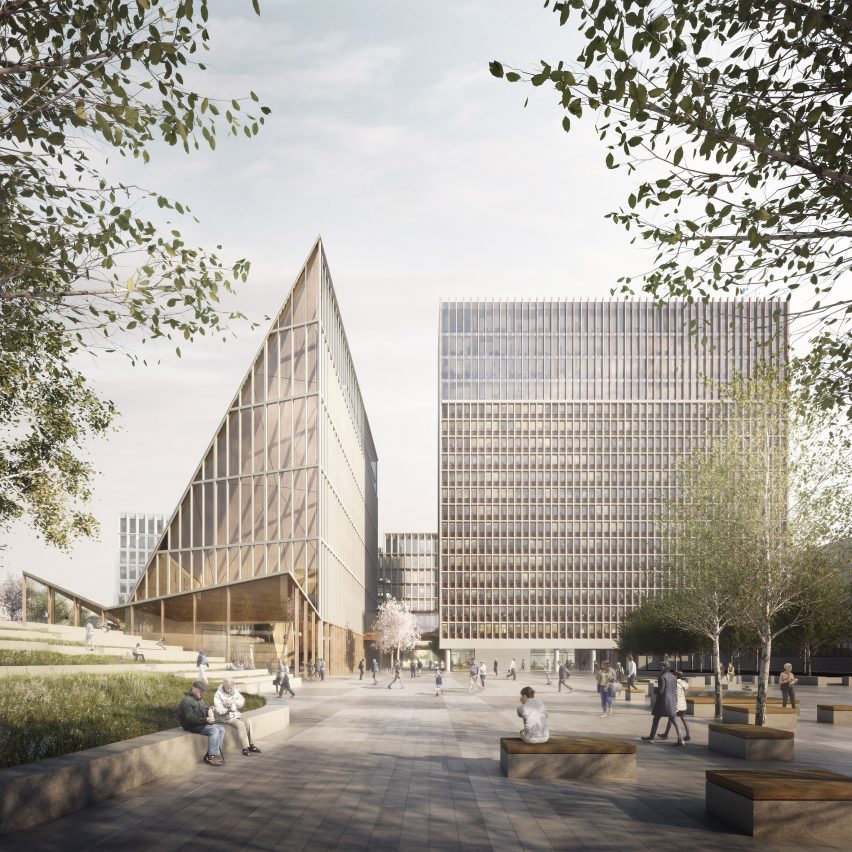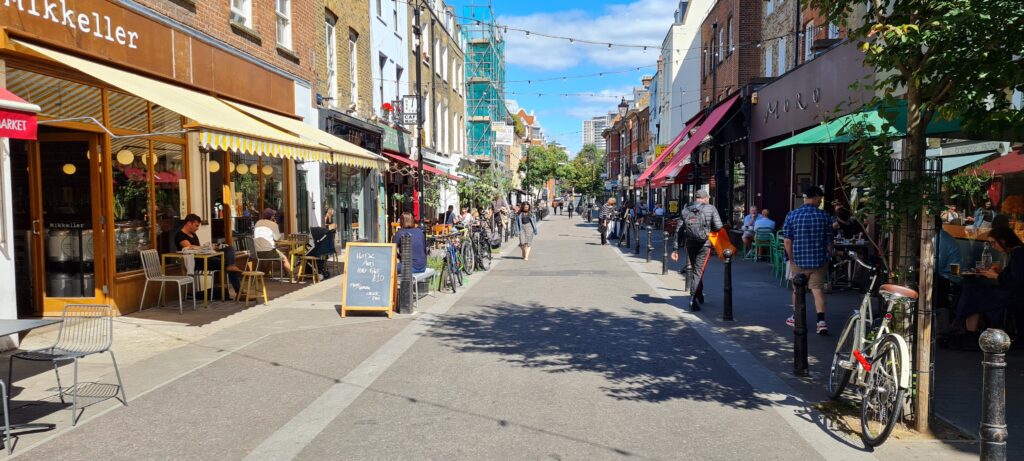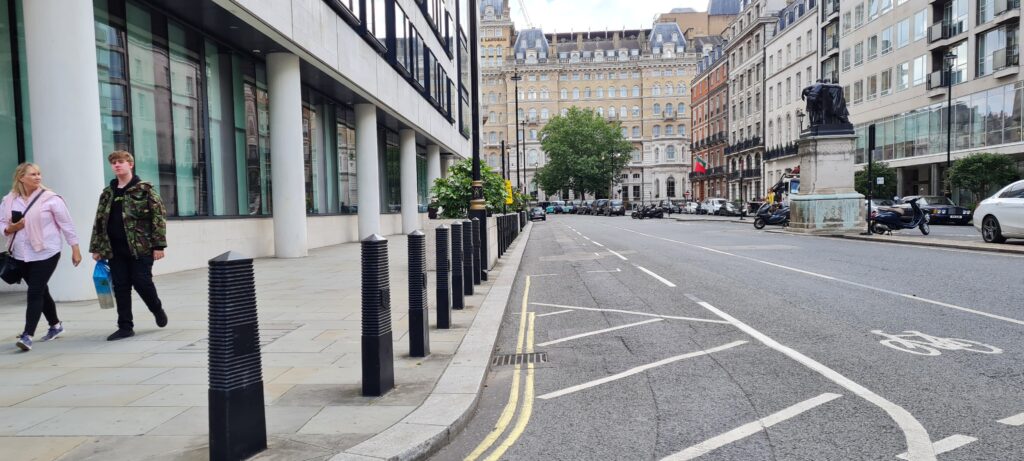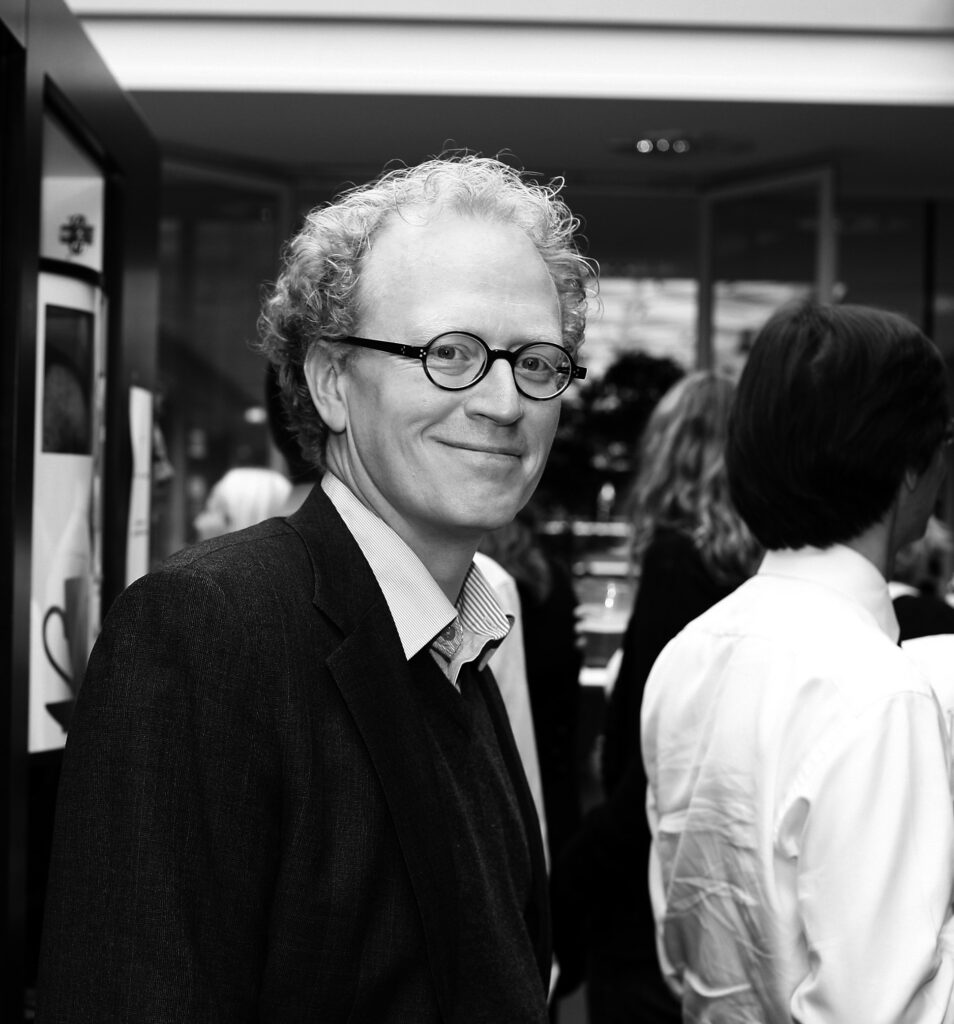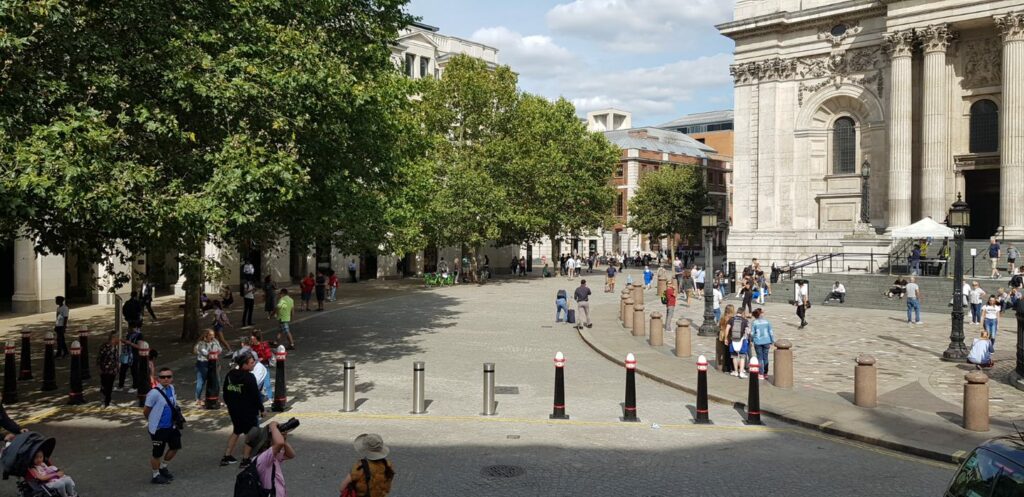Crowdguard Ltd. specialises in safety and security for events, venues, public realm environments, transport hubs and anywhere there is a need to protect people and manage security risks. They provide a turnkey solution from fully accredited assessments, supply, installation, service and maintenance of a wide range of hostile vehicle mitigation systems, vehicle security barriers and temporary fencing, hoarding, gates and turnstiles. Closely linked to their sister company, Ainscough Industrial Services, which has over 40 years of experience and expertise in equipment moving and handling, Crowdguard is dedicated to increasing public safety and freedom for crowds and public events. Crowdguard uses highly skilled and fully trained personnel to deploy their solutions, ensuring their solutions are installed correctly and pass quality assurance checks. Installing HVM solutions at large scale events and high security locations such as the London Marathon and Blenheim Palace, Crowdguard is a leader in their field.
Deborah Ainscough is the founder and director of Crowdguard Ltd., with an affiliation with Crowdguard’s partner company Ainscough Industrial Services, Deborah seeks to ensure excellence and professional service is delivered through efficient and precise installations with minimal disruption to provide quality assured HVM solutions.
How did Crowdguard get started?
“Crowdguard was set up in response to the increased threat posed by vehicular attacks within the UK, Europe and The United States. Our sister company, Ainscough Industrial Services, is a specialist in equipment moving and handling, therefore we were keen to use this experience in quality assurance, planning and risk assessment to set new standards for HVM installation to match those already in place for the HVM product. We ensure no compromise in the HVM product and its application, ensuring excellence and professional service is delivered. Our National Network, and recent expansion to the US market ensures that we can deploy HVM efficiently through our highly skilled workforce. We believe that the threat to public safety and freedom is too important for any HVM installation to be an afterthought or a relegated secondary task.”
What is the installation process like?
“We fully believe that the success of HVM solutions is not just about the impact-rated products and the certification it comes with, but that the installation encompasses the efficient mitigation. The UK has arguably the best HVM testing and certification regimes in the world and the development of HVM standards, test techniques and their application undoubtedly contributes hugely to a much safer world. However, it is important that the solution proposed meets the identified threat and that this is installed as it was intended and impact tested. We naturally affiliate ourselves with the best impact tested products and strive to install them as they were tested. Our installation technicians and site supervisors are fully manufacturer trained and understand the impact-test certifications of each product. Our process for installation consists of quality assurance documentation, which means everything is signed off for accountability. Essentially, this documentation confirms that it’s been installed correctly – all the nuts and bolts are in the right place and conform to manufacturer guidelines. We also provide service and maintenance checks on installed equipment and any equipment removed following an event or temporary installation is fully quality assured, anti-slip is replaced, and solutions are cleaned and re painted ensuring that every time they are re installed for hire, they not only perform but they look aesthetically pleasing. We put a lot of focus into ensuring that everything is the best it can be. That is the core element of our business.”
What problems have you encountered when installing HVM measures?
“The fact that any HVM impact test certificate only applies to the specific configuration of product used in the crash test can be overlooked. More often than not with deployable hvm especially, the real-world configuration needed is different to the crash test configuration. Only real HVM experience can interpret suitability and the effectiveness of any particular configuration “
Integrated design of HVM solutions is becoming much more popular in our cities, do you think increasing the aesthetic value of security products decreases their effectiveness?
“Any installation of HVM aesthetics is really important, it has to look right. It shouldn’t look hostile, and it shouldn’t make people feel caged in. For pedestrianisation schemes or protection of open spaces, it’s important that it’s accessible, adaptable, and flexible, and that it also looks aesthetically pleasing. Security and safety are essential aspects of urban spaces but this shouldn’t compromise aesthetics or design. For example, the Unafor range is a great product for urban planning, easy to install and flexible, offering an option for a semi-permanent solution with a fixed foundation and socket with deployable post. Perfect for areas where events occur within the same footprint multiple times a year, but a permanent scheme is not necessary all year round. For more permanent solutions the core can be integrated with street furniture such as planters or benches allowing for a creative design landscape.”
How has security changed in the UK over the past decade?
“It’s been five years since the attack at the Manchester arena where 22 people lost their lives and many more suffered physically and mentally. This prompted the Protect Duty Bill. The enquiry into this tragedy has brought public safety within crowded spaces and live events sharply into focus. Although we are still waiting on the draft legislation, the consultation feedback is clear in that the response suggests that owners and operators of publicly accessible locations should be accountable with designated individuals responsible for health and safety.
“We’ve also recently seen a relaxation of planning requirements for pop up markets and hospitality businesses, following the pandemic. Under new planning rules markets can be held more often and hospitality businesses can erect marquees on their own land without requiring planning permission, making it easier for authorities and the leisure industry to attract footfall into towns and cities. But creating opportunities for economic activity and leisure comes with a responsibility to keep people safe.”
With this in mind, do you think owners and operators of publicly accessible locations are taking protection more seriously, are they investing more money on security solutions?
“Yes, it is clear from the Protect Duty consultation that any private business and or events in the public realm classed as ‘PAL’ are likely to have a legal duty to assess their safety and security risks. As a whole industry, we all need to do what we can to prevent the risk of such a terrible incident happening again and I feel there has been a real positive shift in this outlook. There’s more emphasis on accountability and education that is coming to the forefront now – I genuinely believe that people are taking the threat more seriously. But I also feel that the public are wanting to see it.”
What do you think event organisers, security officials, etc. can expect from the Protect Duty?
“We are still waiting to see the draft legislation; however, the consultation feedback suggests that there will be a need for improved staff training with owners and operators of PAL looking to assess their vulnerability to a terror incident by conducting a venue specific assessment. There should be consideration for outlining clear counter terror action plans with improved security checks and evacuation procedures with more effective communication in the event of an incident.
“Most importantly, the industry needs to come together. There’s so much experience and knowledge within the industry that we all need to share best practice. That comes down to the operators, owners, government, Counter Terrorism Security Advisors (CTSA), Centre for the Protection of National Infrastructure (CPNI), but then also HVM manufacturers and HVM installers. So, right from the start, everyone is getting involved and working together. My hope is that any legislation is robust and effective.”






